Blue Light Blocking Impact on Insulin Sensitivity
Explore the impact of blue light blocking on insulin sensitivity and how it benefits blood sugar control and diabetes health.
Understanding Blue Light Impact
Let’s dig into how blue light exposure messes with our metabolism and insulin sensitivity. There’s more to it than meets the eye, or should I say, screen. Having said that,, blocking blue light will have an impact on insulin sensitivity.
Blue Light Effects on Metabolism
Nighttime blue light exposure is like throwing a wrench into our metabolism. Studies show that when we’re bathing in that bluish glow, especially with white light thrown into the mix before bedtime, our bodies shift gears. Young fellas kicked back in this light during the evening saw an uptick in the respiratory quotient and a dip in fat burning during their shut-eye (PMC).
All these tweaks are likely the dirty work of hormonal changes and our body clocks going haywire. Staying up with blue-heavy light compared to soft, dim light can also spike our glucose levels and ramp up insulin production (source). Basically, blue light’s a bully when it comes to glucose metabolism and overall metabolic swagger.
| Light Exposure | Metabolic Mischief |
|---|---|
| Polychromatic White Light (1,000 lux) | Elevated respiratory quotient, decreased fat burn |
| Evening Blue-Enriched Light | Sky-high glucose peaks, more insulin spewing |
Insulin Sensitivity and Blue Light
Insulin sensitivity is a big deal for folks keeping tabs on diabetes, and guess what? Blue light doesn’t play nice here either. Late-day exposure to this light throws a spanner in the works of glucose metabolism and insulin release (source). So, if you’re thinking about your sugar levels and insulin action, consider bright screens at night as the ultimate ‘nope’.
Plus, shining blue light in the evening can crank up hunger, mess with how we break down food, and mess with our melatonin (NCBI). Since melatonin’s pretty sensitive to blue light, these disruptions trickle down to leptin—a hormone that usually keeps our hunger in check.
Cutting down on evening blue light could boost insulin sensitivity, which is a solid play for folks looking to keep their blood sugar in line. Dive into our reads on the benefits of blocking blue light and what blue light blocking can do for blood sugar to get the full scoop.
Turning down the blue light assault with filters or dialing back screen time before bed can stealthily improve insulin sensitivity and your overall metabolic game. Peek into more details in our piece on blue light filters and blood sugar regulation for tips on keeping your metabolic health in tip-top shape.
Relationship with Blood Sugar
We’re here to chat about how blocking blue light might just be the surprising hero we all need in the fight to keep blood sugar in check and make managing diabetes a bit easier.
Improving Blood Sugar Control
You know that insulin is the body’s way of giving glucose the green light to enter cells and do its job. When insulin’s slacking, blood sugar levels can go haywire, and that’s a big-time issue for folks dealing with type 2 diabetes. Millions are grappling with this across the globe (PubMed Central).
Here’s a plot twist – cutting down on blue light, especially when the sun goes down, might actually help out your insulin. Less blue light could mean steadier blood sugar, which is what we’re all shooting for.
| Parameter | Normal Level | Diabetic Level | Blue Light Magic |
|---|---|---|---|
| Fasting Plasma Glucose | 4–5 mM | 7–10 mM | Tends to chill with reduced exposure |
When we cut back on blue light, those hardworking β-cells might just get a little boost and help insulin do its thing better (source). So next time, think about using those screen protectors or special glasses—you’re not just pimping out your gadgets; you might be gearing up for better health.
Pique your interest? Check out our guide on how blue light blocking might help blood sugar.
Managing Diabetes Health
Now, if the money at stake in the diabetes game doesn’t make you sweat—hello, $322 billion dollars annually (source). Understanding how blue light tweaks insulin sensitivity could save more than pennies.
Keeping a lid on blue light—especially before hitting the hay—can help your biological clock tick a bit better, which could lead to a friendlier metabolism. Research says evening rays mess with glucose and insulin, so it’s wise to mind the light for overall well-being.
| Activity | Light Source | Blue Light Busting Tips |
|---|---|---|
| Screen Staring | Tablets, Phones | Use blue light blockers |
| Home Illumination | LED, CFL Bulbs | Try amber lighting |
| Night Time Reading | E-readers | Rock those blue light glasses |
Mixing up your light habits—like treat your screens with a blue light filter or switching up home lighting—can be smart moves. Our article spills more beans on how blue light blockers give the edge on sugar control.
Want to win the war on diabetes? Learn about the latest intel and practical gadgets that can improve your daily life. Incorporating blue light filters for blood sugar regulation could be a game-changer for those aiming to manage or even turn around type 2 diabetes issues.
Light Exposure Effects
Digging into how light impacts us can shine a light (pun intended) on insulin sensitivity and keeping our sugar levels in check. Two big pieces of this puzzle are our body’s internal clock and what kind of lighting we sleep in. So, read on to learn more about the impact of blue light blocking on insulin sensitivity.
Circadian Rhythm Influence
So, here’s the deal with circadian rhythms: they’re like our body’s internal schedule, keeping everything from sleep to hormone levels ticking along nicely. Ever noticed how staying glued to your phone or tablet at night messes with your sleep? That’s because those glowing screens can throw off our circadian rhythms by dialing down melatonin production—a hormone that sets our sleep mood. And when we’re not sleeping well, our metabolism can take a hit too.
Lack of good sleep not only makes it tough to snooze but can also mess up other areas of our life. We’re talking raiding the fridge because hunger spikes or reaching for that extra slice of pizza. Not ideal when you’re trying to watch your weight or keep diabetes at bay.
Bedroom Brightness and Metabolism
The lighting in your sleep space could be messing with your metabolism too. Even tiny lights, like those from alarm clocks or city streetlights sneaking through the window, can disturb your sleep cycle. The catch? Consistent exposure can lead to issues that might mess with your metabolic health.
Research showed that bathing in bright light each morning improved mood and insulin sensitivity in folks with depression and type 2 diabetes. So, it seems dimming down our sleeping zones could mean better sleep and improved sugar levels.
To boost the benefits of ditching blue lights for better sugar control, we can take control of our bedroom environment. Think blackout curtains, screen dimmers, and anything to keep things cozy and dark while you catch those Z’s.
To explore more on keeping blue light at bay for the sake of your sugar levels, wander over to our pieces on blue light blocker advantages for blood sugar control and blue light filters and blood sugar regulation. Getting a grip on how light, sleep, and metabolism fit together can help us step up our health game. So why not make a few tweaks to make sleep your best ally for health?
Blue Light and Health Outcomes
Respiratory Quotient Shifts
We’ve all been hearing how tweaking our environment can make us feel better. A hot topic is how blue light messes with our body’s metabolism, especially the respiratory quotient (RQ). Simply put, the RQ is all about which fuel our body prefers: carbs or fats.
Some studies noticed that when folks hang out in polychrome white light (about 1000 lux) for around four hours before hitting the sack, their RQ jumps up. This means their bodies are flipping from burning fats to burning carbs for energy (source). So, when they’re asleep, they aren’t burning as much fat. This suggests that letting that blue light in before bed could change how our bodies burn fuel even when we’re catching z’s.
| Light Exposure | Duration | Change in RQ | Fat Burning During Sleep |
|---|---|---|---|
| Polychrome White Light (1000 lux) | 4 hours pre-sleep | Increased | Lowered |
Knowing how these body changes happen, we can think about tweaking our evening habits to help with weight control and general wellness.
Glucose Shakeup
Our nighttime blue light habits can also throw our glucose metabolism for a loop. Research says that shining blue-enriched light in the evening—compared to dim light—spikes glucose peaks and ups insulin release. Pretty much, our bodies might find it tricky to handle blood sugar if we’re late-night scrolling under that blue glow.
If you’re dealing with diabetes or watching your insulin sensitivity, this is super relevant. Sharp rises in glucose and more insulin can make it tough to keep those blood levels in check after a nighttime blue light spree.
| Light Exposure | Timing | Glucose Peak | Insulin Surge |
|---|---|---|---|
| Blue-enriched Light | At night | Higher | More |
| Dim Light | At night | Lower | Less |
Given all this, cutting down on blue light during the evening might be worth a shot. Check out our articles about the benefits of dodging blue light and its effects on your blood sugar. Plus, learn how blue light filters could help regulate blood sugar for better health vibes.
Light Therapy Insights
Light Therapy Benefits
Guess what? Light therapy might just be the secret sauce for buzzing mood swings, messed-up sleep, and even jazzed-up insulin sensitivity. Brainy folks at NCBI found that this therapy can flick a switch on your body clock, doing wonders for folks wrestling with big-time blues and type 2 diabetes. Who would’ve thought fake sunlight could be a real game-changer for your mind and body? This is why it’s important for diabetics to know the impact of blue light blocking on insulin sensitivity.
People spilling the beans about their light therapy adventure often chat about feeling less grumpy and finally catching those elusive Z’s. Because a cranky sleep cycle can throw your blood sugar and insulin way off track, fixing that mess can be a big win, especially for folks dancing with type 2 diabetes.
We rounded up the benefits of this bright light magic in the table below:
| What’s the Magic? | What Does It Do? |
|---|---|
| Mood Booster | Kicks the blues to the curb. |
| Snooze Assistant | Puts your sleep cycle back on a normal track. |
| Insulin Buddy | Steps up insulin sensitivity for type 2 diabetes fighters. |
Wanna know how blocking that pesky blue light fits into this? Check out our article on benefits of blocking blue light.
Light Therapy for Insulin Sensitivity
Light therapy’s making waves as a smart move for bumping up insulin sensitivity, mainly for those juggling type 2 diabetes. Science says that this therapy could lend a helping hand, brightening moods and managing insulin by setting your body clock straight. Case in point: A four-week stint of 30-minute morning light sessions worked like magic for depression and insulin sensitivity in diabetes warriors.
This therapy lights folks up with super-bright light, tweaking the body clock and keeping the sleep-wake cycle in check, which, in turn, perks up your overall metabolic groove. Mix it with your regular treatments, and you’ve got a solid plan to tackle both mind and body concerns.
Curious how dodging blue light stands up against your sugar levels? Explore our write-up on blue light blocking effects on blood sugar.
In a nutshell, shining a light on how blue light shielding works wonders for insulin sensitivity and your all-around health is big news. By figuring out how this stuff works, we’re making smart calls to keep our blood sugar in line. For details on how blue filters chip in for sugar control, dive deeper at blue light filters and blood sugar regulation.
Practical Applications
Let’s get into the nitty-gritty of how blocking blue light can make a difference in our health, especially when it comes to keeping insulin in check. This section is here to hand over the simple yet effective tricks to do just that.
Blocking Blue Light Sources
Chopping down on blue light, particularly as bedtime approaches, is a handy way to balance your blood sugar. Here’s how you can step it up a notch:
- Blue Light Glasses: These glasses are like shields, cutting down the blue rays for anyone burning the midnight oil.
- Screen Filters: Stick these on your gadgets to tone down that pesky blue light. They’re golden for night owls who love their screens.
- Lighting Choices: Swap out high-voltage bulbs for warm, soft ones. The blaze from intense lights at night might mess with your body’s sugar game and sneak in some extra pounds (PMC).
- Device Settings: Most gadgets now have a blue light filter. A couple of taps and you’ve dialed it down for the evening.
| Blocking Method | Benefits |
|---|---|
| Blue Light Glasses | Cuts down blue light from all over |
| Screen Filters | Zeros in on device screens |
| Warm Lighting | Lowers blue light around the house |
| Device Settings | Simple, doesn’t break the bank |
Check out more about how dodging blue light can help your blood sugar levels by visiting benefits of blocking blue light.
Implementing Blue Light Strategies
Now, let’s talk strategies to weave blue light blocking into everyday life to boost insulin sensitivity and tick overall health goals:
- Regular Scheduling: Stick to a firm sleep routine that avoids blue light when evening rolls around. This routine helps your body clock tick just right, which has a say in how your body uses sugar (NCBI).
- Morning Sunlight: Catch some rays in the morning to flip the script on that pesky evening blue light, setting everything from sleep to sugar use on an even keel.
- Avoid Late-Night Snacks: Blue light can stir up your munchies and mess with sugar processing. Ditch those midnight snacks for steadier blood sugar levels.
- Bedroom Adjustments: Make your room a no-blue-light haven. Blackout curtains and a gadget-free zone keep the sleep and sugar in check.
Learn more about blue light blocking effects on blood sugar.
| Strategy | Key Benefit |
|---|---|
| Regular Scheduling | Balances body clock |
| Morning Sunlight | Keeps body rhythms in line |
| Avoid Late-Night Snacks | Helps blood sugar stay steady |
| Bedroom Adjustments | Boosts sleep quality |
Embrace these blue light hacks to give your insulin sensitivity and overall health a leg up from this blocking impact. For more on how blue light blockers play their part in wrangling blood sugar, drop by blue light blocker advantages for blood sugar control.
Image Credit
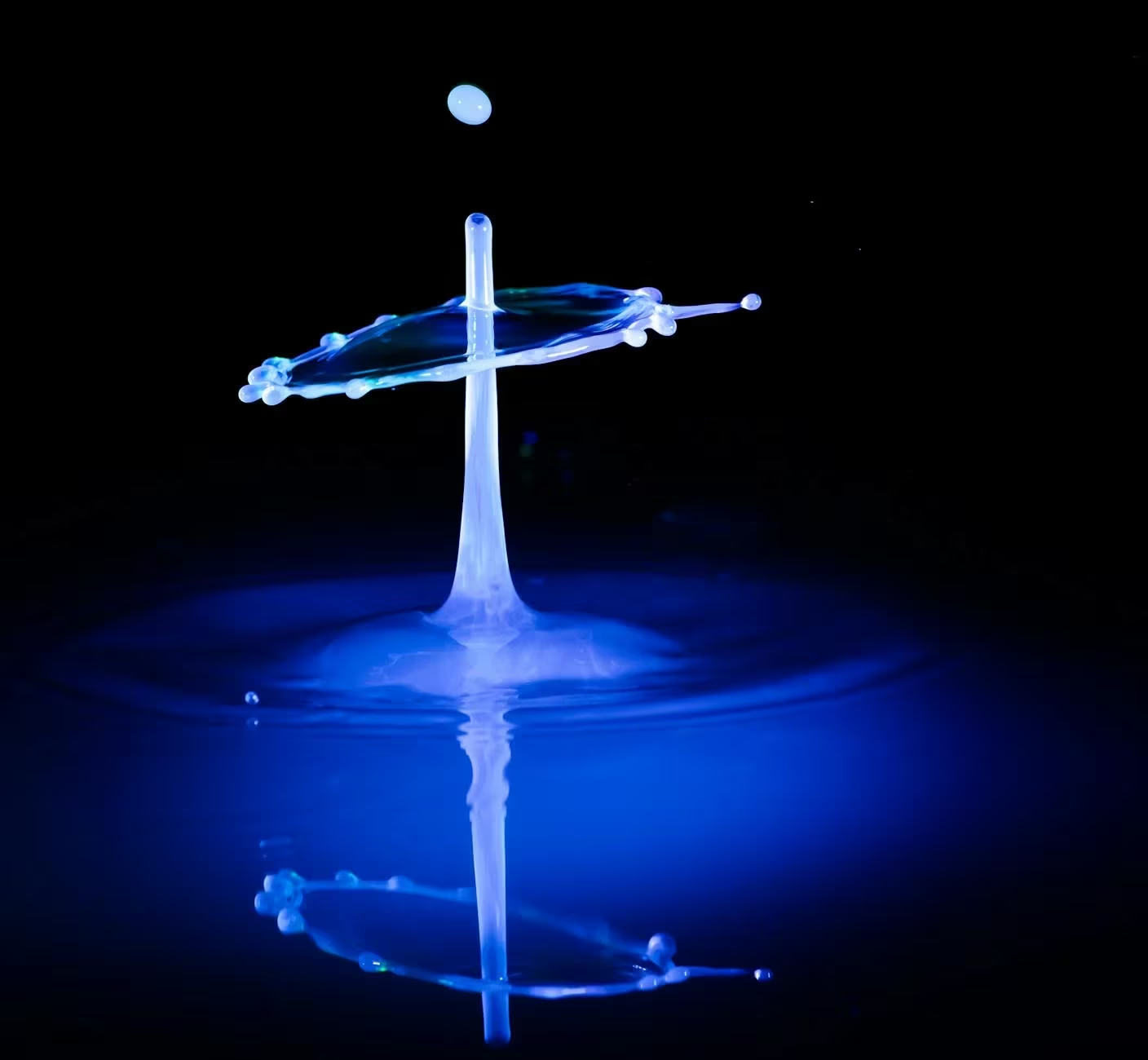

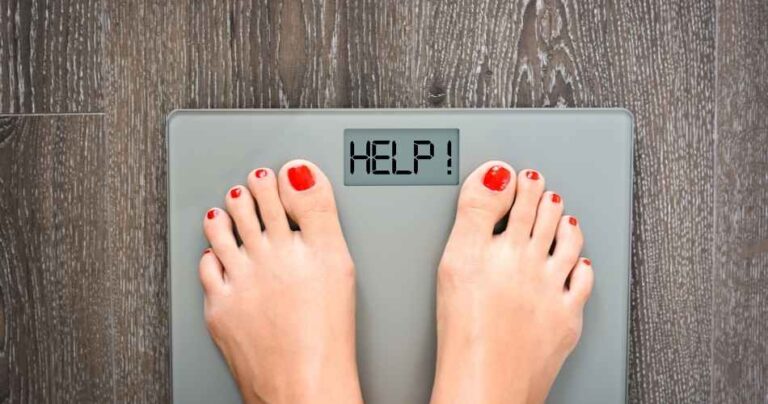
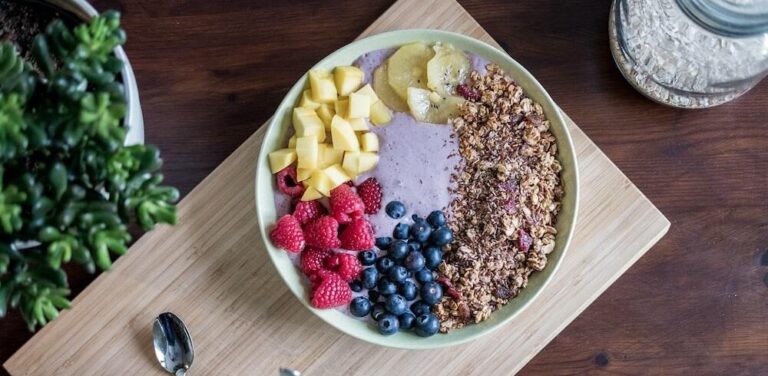
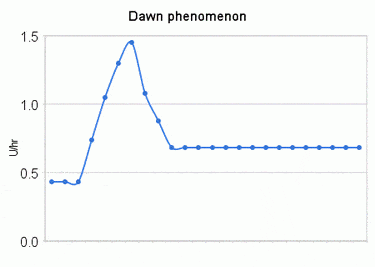
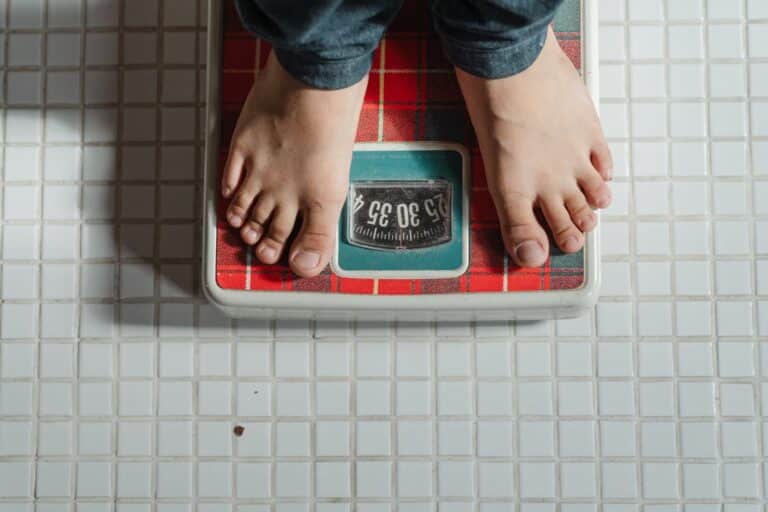

Leave a Reply